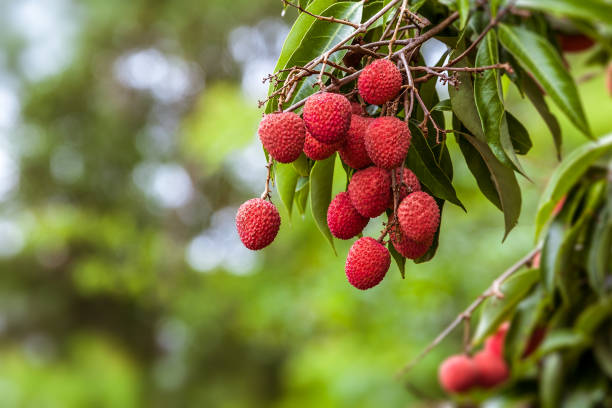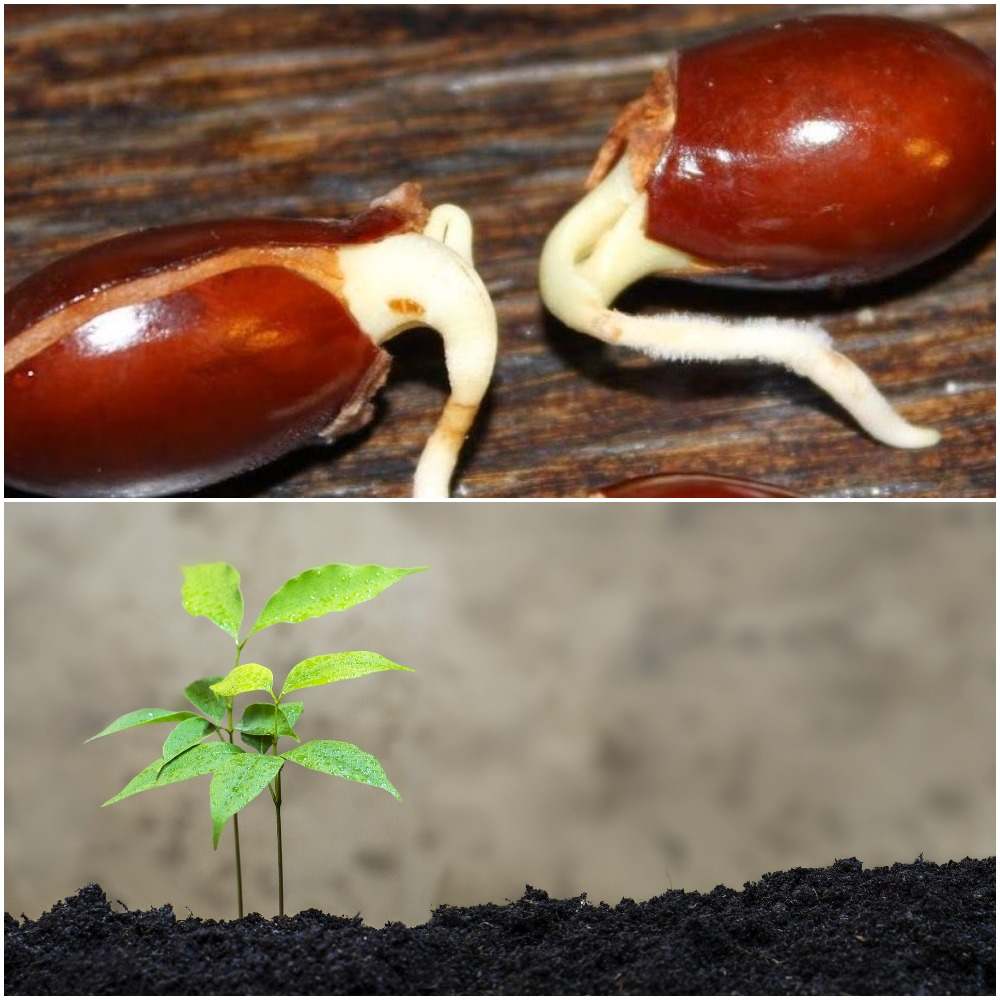LICHI
GENERAL INFORMATION
Juicy fruit having excellent quality. It is a rich source of Vitamin C along with B complex Vitamin. Its origin is from Southern China. India is second largest producer of litchi in the World after China. In India its cultivation is restricted to Jammu and Kashmir, Uttar Pradesh and Madhya Pradesh but due to increasing demand its cultivation is spread to other states like Bihar, Jharkhand, Chhattisgarh, Orissa, Punjab and Haryana, Uttaranchal, Assam, Tripura and West Bengal.
temprature
25°C - 35°CSowing Temperature
25°C - 35°CHarvesting Temperature
25°C - 30°CRainfall
1200 mmSOIL
It can be grown on variety of soil. Deep, fertile, well drained, medium texture soil is suitable for litchi cultivation. pH of soil should be 7.5 to 8. Litchi crop cannot tolerate high pH and saline soils.POPULAR VARIETIES WITH THEIR YIELD
Calcuttia
Fruits are large, attractive and ready to harvest in third week of June. It is a heavy bearing crop with excellent quality. Fruits are moderately juicy having good flavor.Dehradun
Early and regular bearing variety. Fruits are ready to harvest in June second week. Fruits are of attractive color but prone to splitting. Fruits are sweet, soft and moderately juicy having good flavorSeedless Late
Contain greater portion of flesh. Fruits are deep carmine red, sweet in test and juicy. Fruits get mature in third week of June.

Other state varieties
- Rose Scented
- Saharanpur
- Muzaffarpur
- Khatti
- Gulabi
Popular mid-season variety. Fruits are of medium to large size. The fruits are juicy and sweet in taste and the pulp is grayish in color.
SOWING
Time of sowing
Planting can be done just after monsoon in month of August-September, sometime it can be extended up to November in Punjab. For planting select two year old plant. .
Spacing
Use distance of 8-10 meter in row to row and also plant to plant in case of square method.
Sowing Depth
Dug pits of 1m x 1m x 1m and expose to sun for some days. Then fill the pit with top soil with 20-25 kg of well decomposed cow dung, 2 kg of bone meal and 300 gm of MOP. After filling sprinkle some water on it. Plant the seedlings in middle of pit.Method of sowing
Direct sowing or transplanting method.FERTILIZER
Age of crop(Year)
Well decomposed cow dung
(in kg)
Urea
(in gm)
SSP (in gm) MOP (in gm) First to three years 10-20 150-500 200-600 60-150 Four to six years 25-40 500-1000 750-1250 200-300 Seven to ten year 40-50 1000-1500 1500-2000 300-500 Ten year and above 60 1600 2250 600 For 1 to 3 year old crop, apply 10-20 kg of well decomposed cowdung along with Urea@150-500 g, SSP@200-600 gm and MOP@60-150 gm per Tree. For 4-6 year old crop, give dose of 25-40 kg of cowdung, Urea@500 gm -1000 gm, SSP@750 gm -1250 gm and MOP@200-300 gm per Tree. For 7-10 year old crop, apply Urea@1000-1500 gm, SSP@1000 gm, MOP@300 -500 gm and Cowdung@40-50 kg per Tree. When crop is above 10 year, apply well decomposed cowdung@60 kg, Urea@1600 gm, SSP@2250 gm and MOP@600 gm per Tree.